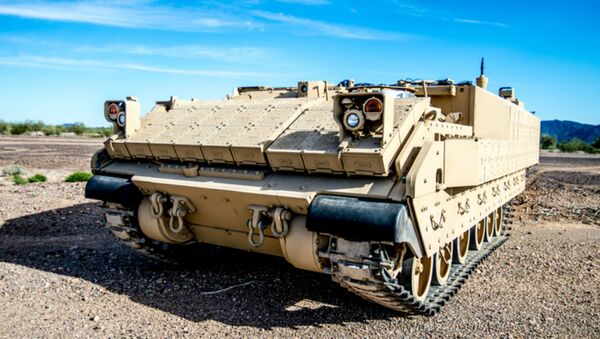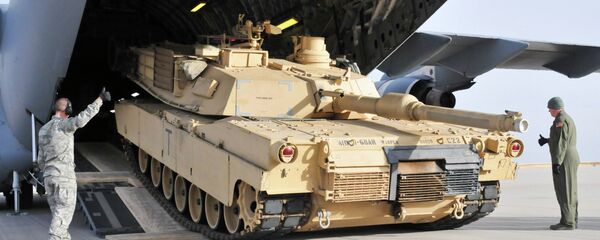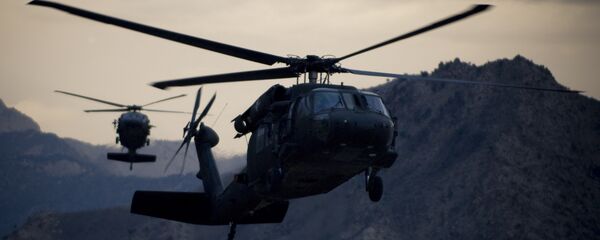Several adaptations are planned for the BAE Systems-built platform, which was made to replace the M113 infantry carrier, a Vietnam-era vehicle. The forthcoming variants include a Medical Evacuation Vehicle, a Mission Command Vehicle, a Medical Treatment Vehicle, General Purpose Vehicle and a Mortar Carrier Vehicle, according to Scout Warrior.
BAE Systems describes the vehicles as "a mature, low-risk and cost-effective solution that rapidly delivers continued combat overmatch capability for the Army."
According to the company’s website, "The program is essential to the future of the Armored Brigade Combat Team (ABCT) and will fulfill the Army’s strategy of protection, mobility, reliability, and interoperability." adding that the "AMPV has been identified by the Army as its top priority for the safety and survivability of our soldiers, and therefore, must meet tough protection requirements. Compromising or reducing the survivability requirements would put soldiers’ lives at risk."
During a rollout ceremony in December 2016, Col. Mike Milner, AMPV Project Manager said the vehicle “…will enable mission command on the move, restore indirect fires for the combined arms battalions, provide protection and survivability to the company's logistical forces and provide significantly greater care to wounded Soldiers than was previously available…All of this while providing protection and survivability levels well above the capabilities in the field today,” the Army website reports.
Both the M113 and the AMPV are tracked vehicles built to handle difficult terrain, but the new carrier will have increased mobility, reinforced armor, Satcom links, force tracking systems, mission command applications and other advanced network technology.
It’s maneuverability makes it better equipped to dodge anti-tank missile, the kind of weapon that the Army is likely to encounter in a hybrid conflict.
The Army is looking to integrate technologies that will maximize their ability to protect troops engaged in high impact warfare, while at the same time focusing on global counterinsurgency operations and how to attack terrorist groups armed with high-tech weaponry.
Armed with a 50-cal crew served weapon the AMPV can hold six passengers and two crewmembers, as well as an injured soldier on a litter. It can also disable the signal of an electronically-detonated roadside explosive with its DUKE v3 electronic jammer.
All told, the service intends to build about 3,000 of the new vehicles at roughly $1 million to $1.7 million per AMPV.




